Assisted Living Room for our elderly and adorable members of our family. Discover the key elements of well-designed assisted living rooms that promote comfort, safety, and independence for seniors. Learn how to create a supportive environment while maintaining a homely atmosphere.
Introduction
Assisted living rooms play a vital role in the lives of seniors who require extra support and care. These rooms should be carefully designed to ensure comfort, safety, and convenience while encouraging independence. Let’s ensure essential aspects of creating welcoming and functional assisted living rooms that provide seniors with the care and dignity they deserve.
Assisted Living Rooms: The Heart of Senior Care
Assisted living rooms serve as the heart of senior care facilities, providing residents with a space they can call their own. These rooms are more than just living spaces; they serve as personal havens that promote well-being and happiness. Here are the key elements to consider when designing an assisted living room:
1. Personalization and Homely Touches
To make assisted living rooms feel like home, personalization is essential. Incorporate familiar belongings, photographs, and cherished mementos that evoke positive memories. Additionally, using soft furnishings, comfortable bedding, and warm color palettes can create a homely and comforting ambiance.

2. Bedroom
An assisted private or semi-private bedroom with space for a bed, personal belongings, and often an en-suite bathroom for convenience and privacy can give freedom, convenience, space and time to our senior members.
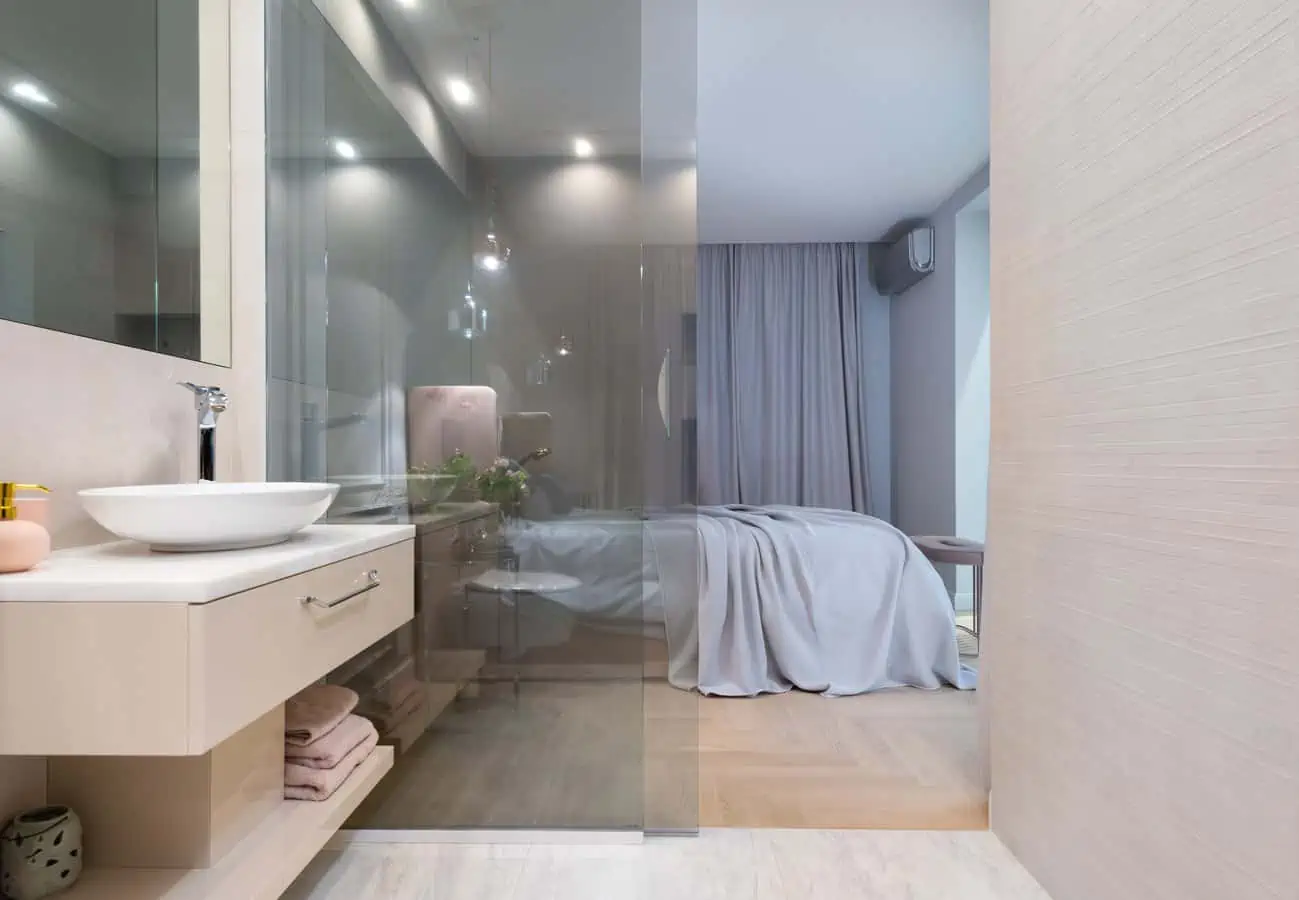
3. Emergency Response System
Living room and other rooms should be equipped with an emergency response system or call button so that our elderly members can use to alert staff or other family members in case of an emergency.
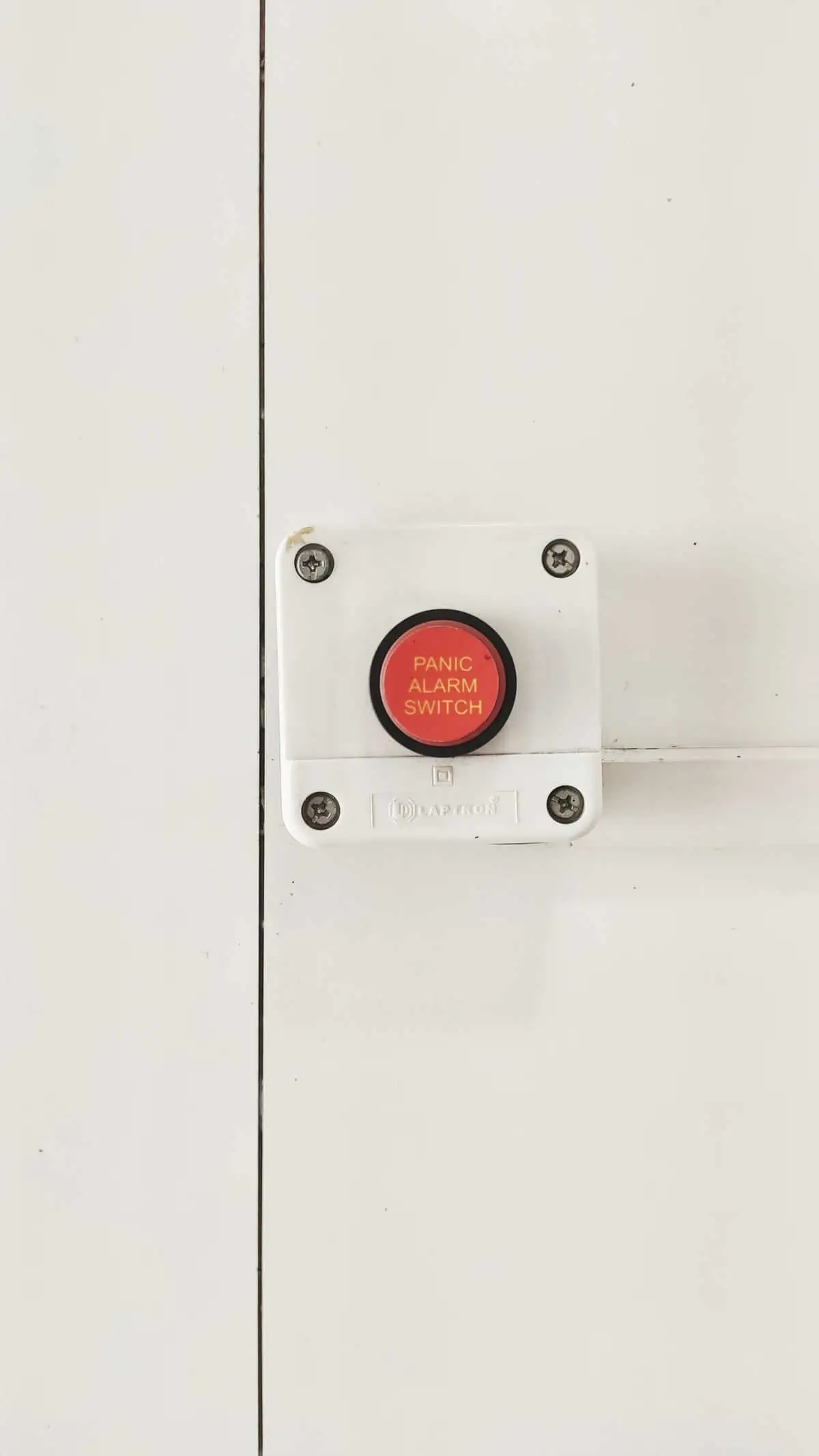
4. Internet and Communication
Assisted living room layout facilities, usually offer internet connectivity and communication services to help residents stay connected with their loved ones, equip the room with smart devices with voice commands so that its easy for them to call without moving from their place.

5. Optimal Furniture Selection
Choosing the right furniture is crucial in ensuring the safety and accessibility of the room. Opt for sturdy and ergonomically designed pieces that are easy to use and navigate around. Invest in a quality adjustable bed that allows seniors to find their most comfortable sleeping position easily.
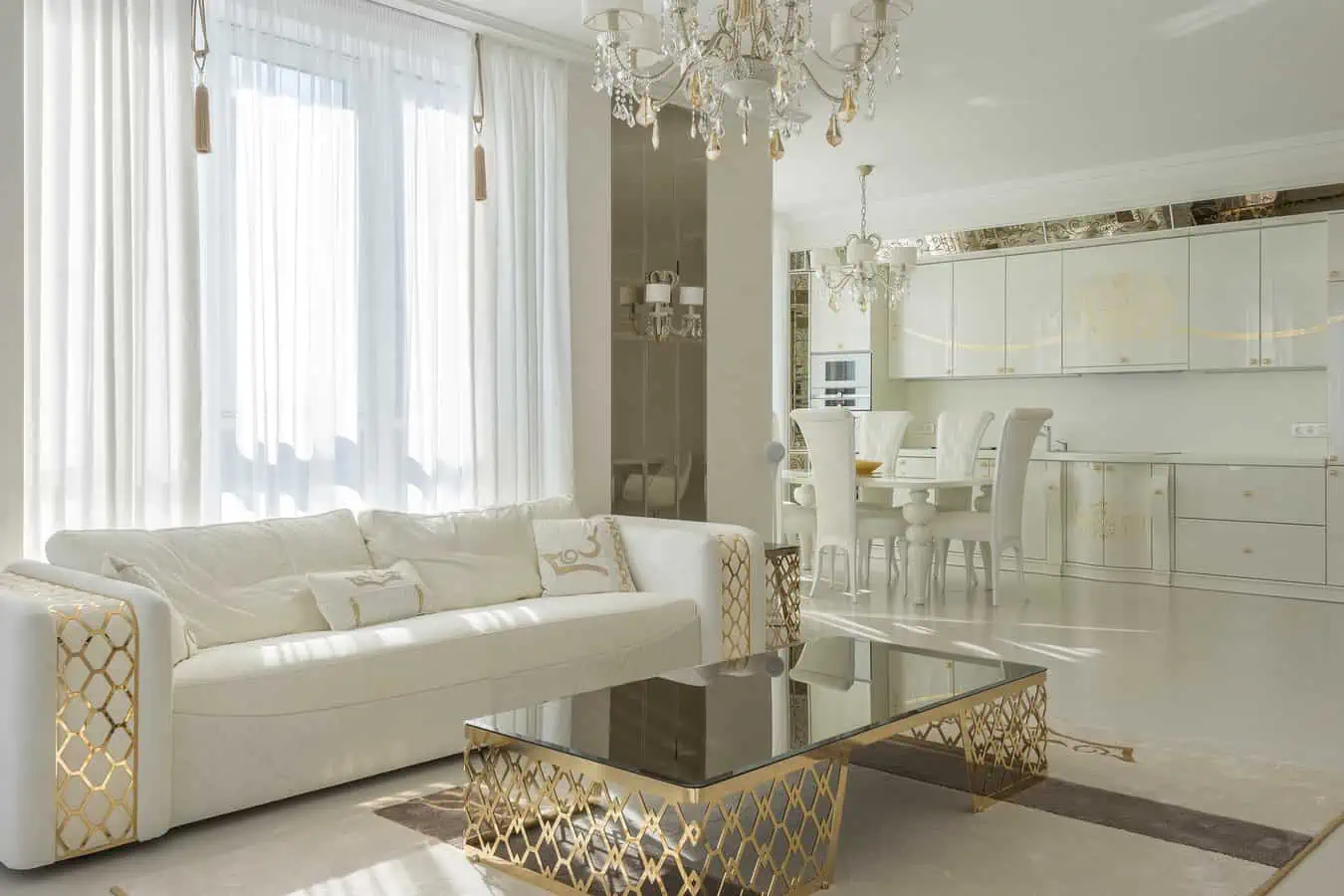
6. Adequate Lighting
Proper lighting is vital to prevent accidents and promote overall well-being. Ensure a good balance of natural and artificial light in the assisted living room. Install adjustable window treatments to allow residents to control the amount of sunlight entering the room. Add bedside lamps for reading and nightlights for safety during the nighttime.
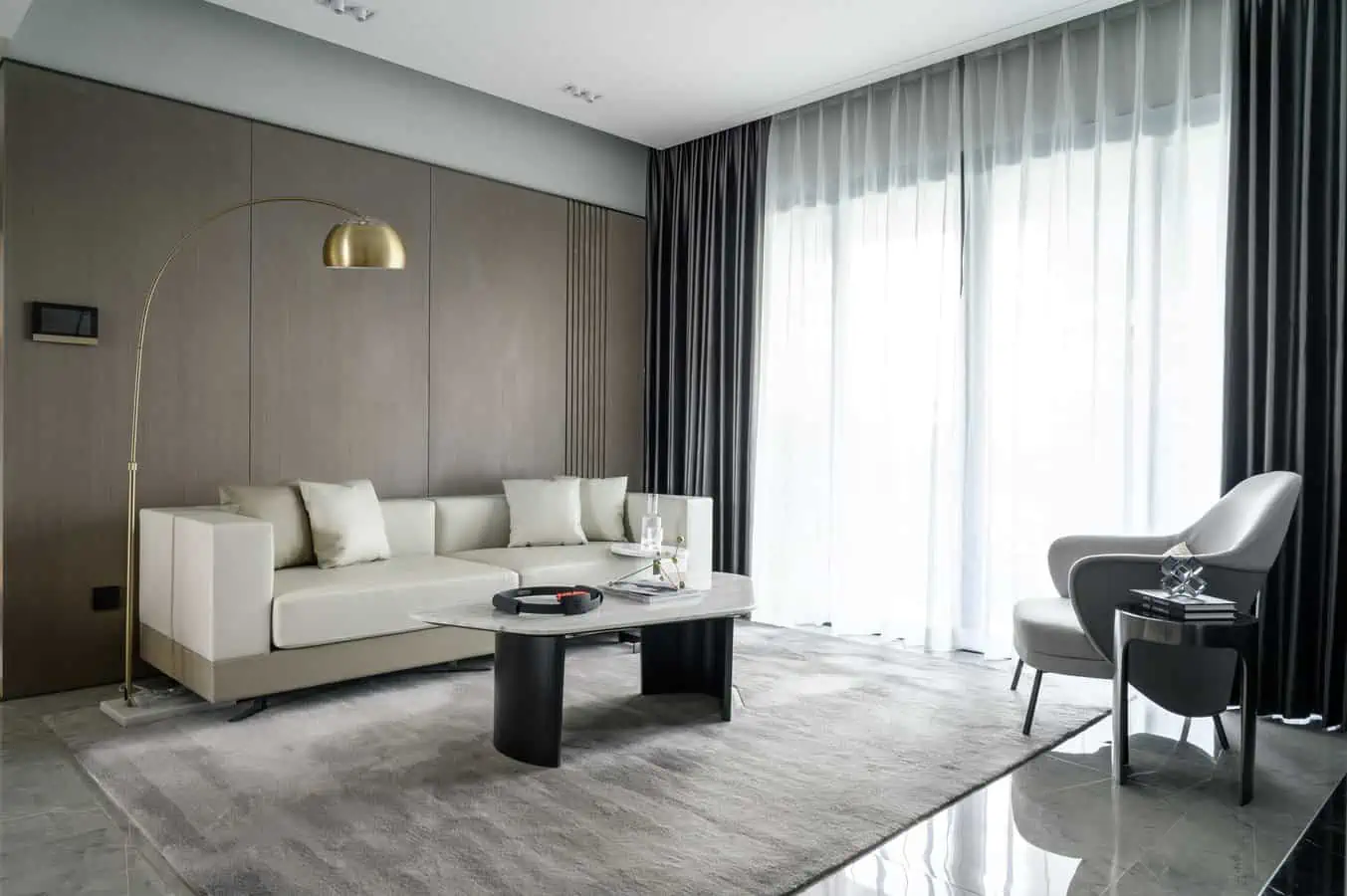
7. Safety Measures
Safety should be a top priority when designing assisted living rooms. Install handrails and grab bars near the bed and bathroom areas to provide extra support and prevent falls. Remove tripping hazards, such as loose rugs and clutter, to create a safe environment.

8. Accessible Storage Solutions
Organized and easily accessible storage is essential for seniors with mobility challenges. Use furniture with built-in storage options, such as under-bed drawers or cabinets. Label storage containers to help residents find their belongings easily.
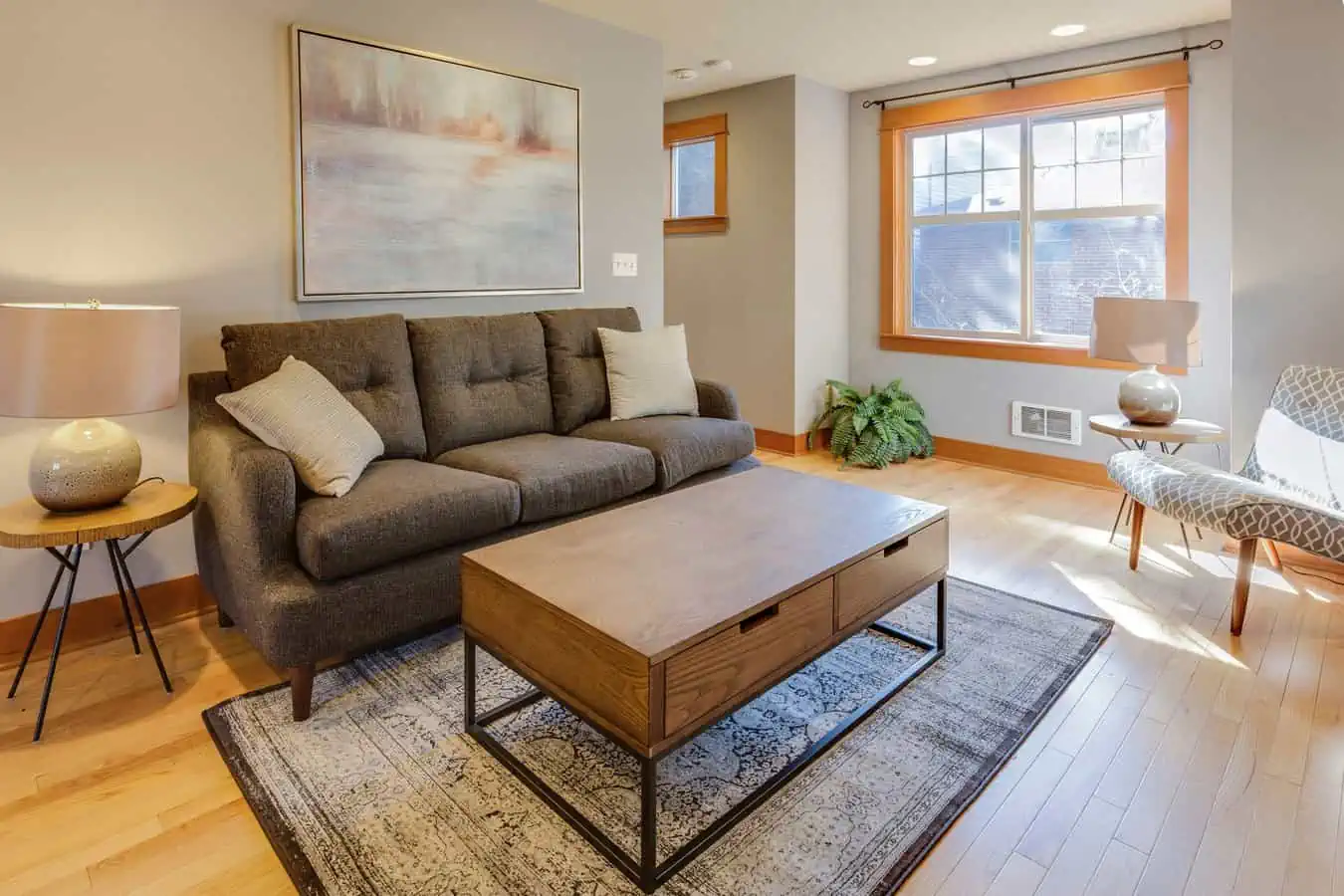
9. Technology Integration
Integrate technology into assisted living rooms to enhance convenience and connectivity. Install easy-to-use communication systems to enable residents to stay in touch with their loved ones. Provide access to entertainment options like television and music to improve residents’ quality of life.

10. Adaptability for Changing Needs
As residents’ needs change, the assisted living room should be adaptable to accommodate these changes. Consider future-proofing the room by leaving enough space for mobility aids like walkers or wheelchairs.
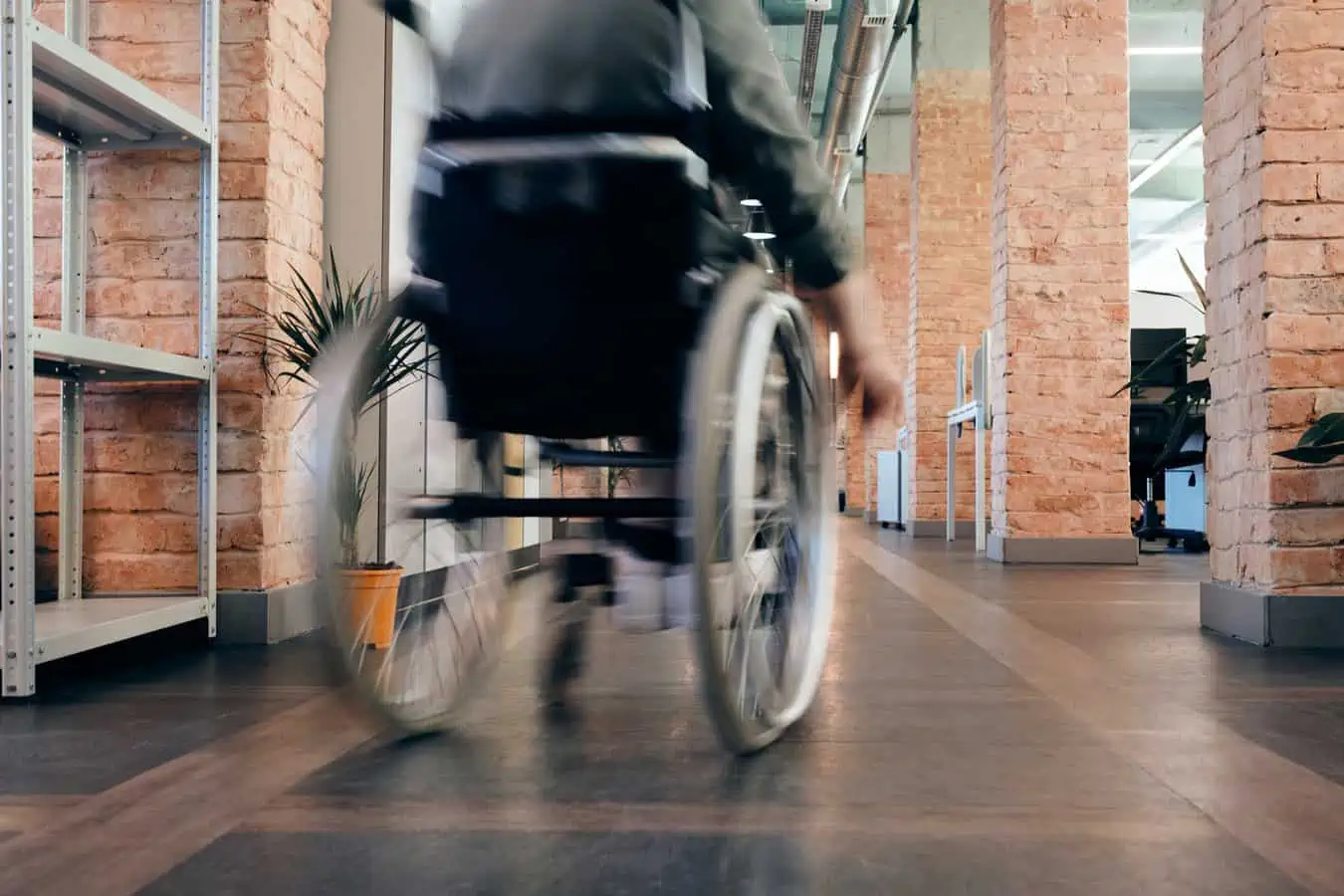
11. Supportive Decorative Elements
Incorporate decorative elements that promote relaxation and well-being. Natural elements like indoor plants can bring a sense of calmness to the room. Artwork and soothing wall colors can contribute to a positive atmosphere.
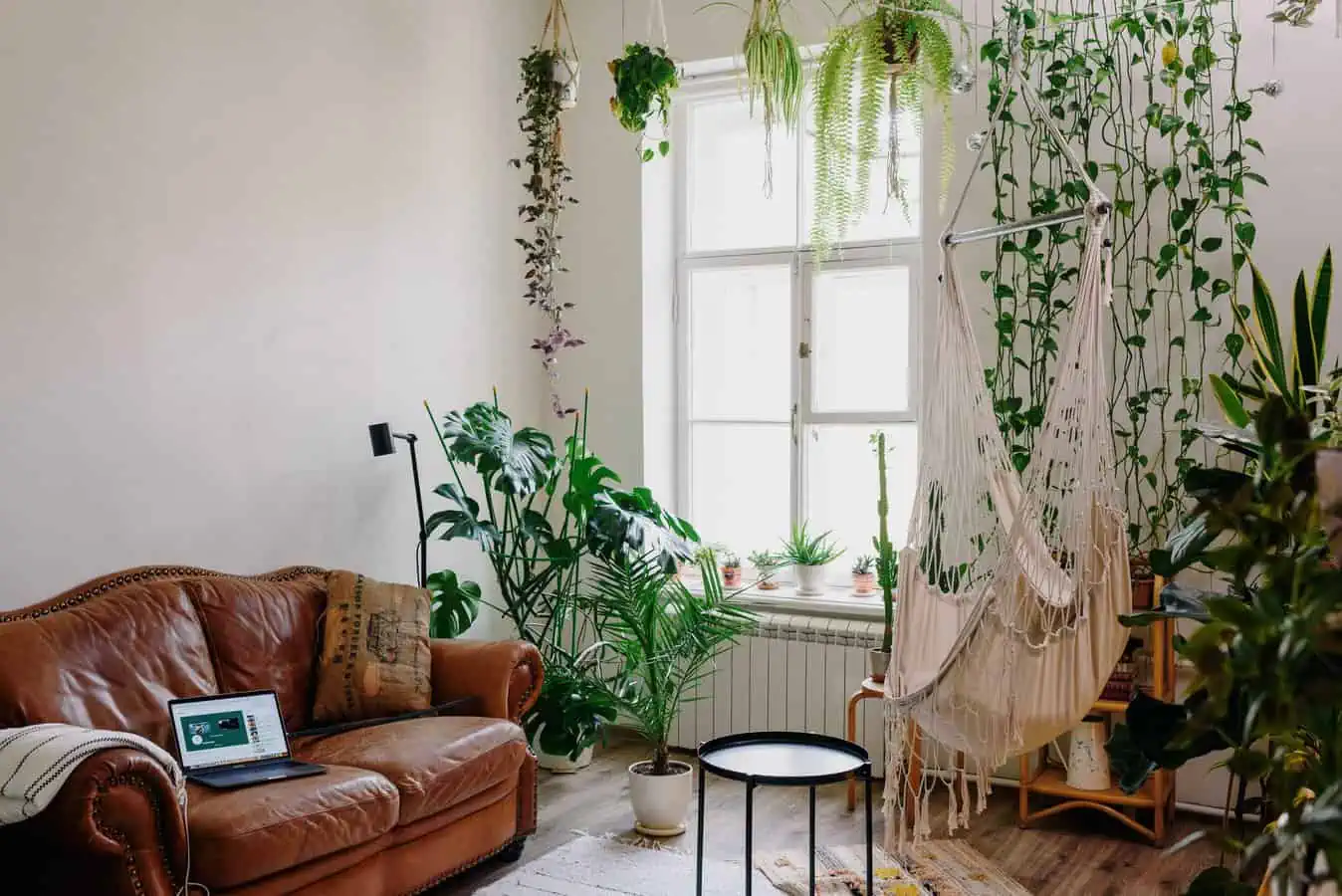
12. Engaging Activity Areas
Designate specific areas within the assisted living room for different activities, such as reading corners, hobby areas, or space for socializing with visitors. These dedicated spaces can foster a sense of independence and purpose for the residents.

13. Maintaining Privacy
Respecting residents’ privacy is crucial in maintaining their dignity and autonomy. Ensure that the room’s layout allows for privacy, and use curtains or dividers if needed.
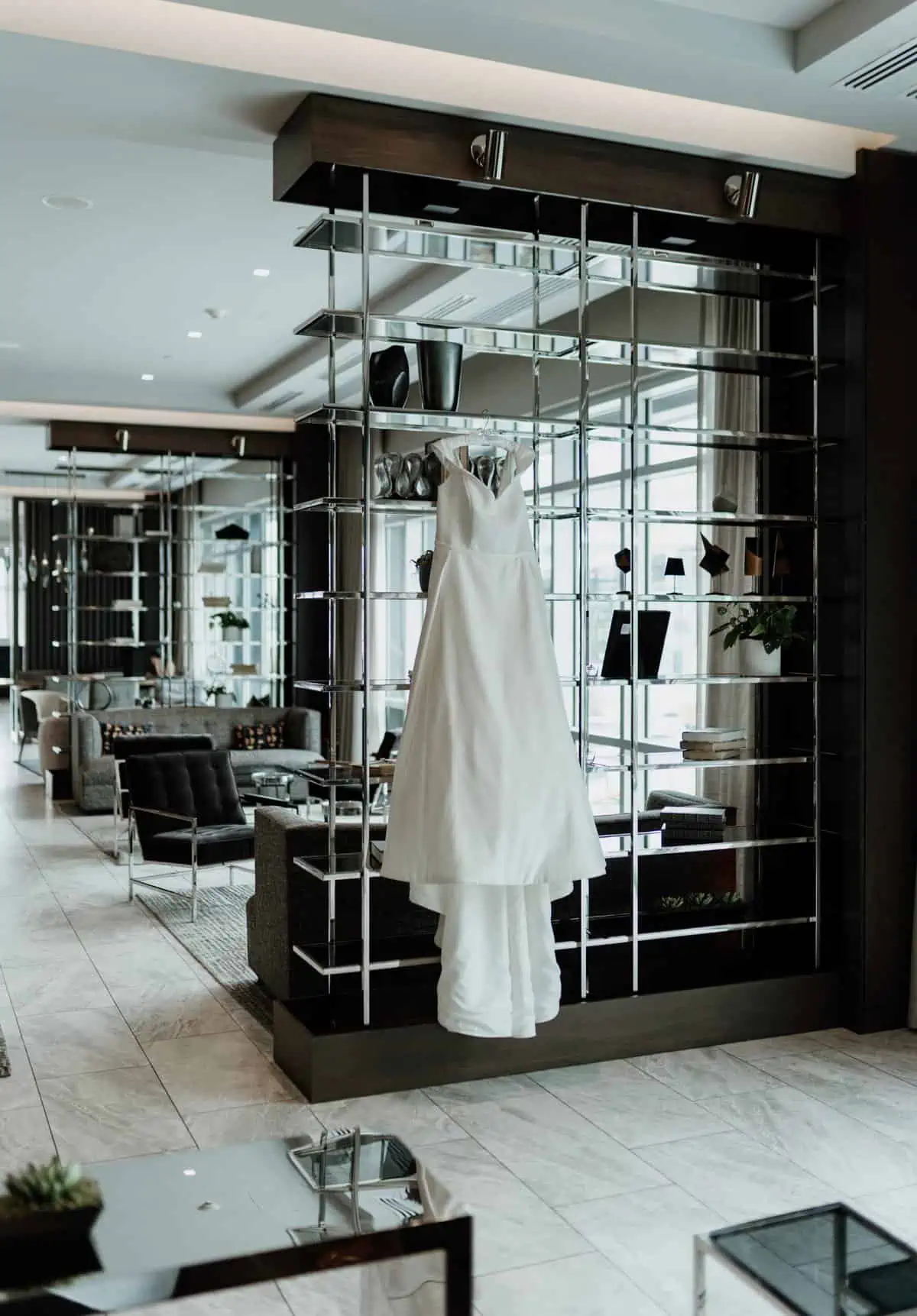
Conclusion
Designing assisted living rooms requires careful consideration of the unique needs of seniors while fostering a sense of comfort, safety, and independence. By personalizing the space, integrating technology, ensuring safety measures, and promoting engagement, these rooms can become welcoming havens for the elderly. Assisted living rooms aim to provide a supportive environment that promotes dignity, independence, and quality of life for older adults who may need assistance with daily tasks or medical care but do not require the 24-hour medical supervision of a nursing home.
Assisted Living Rooms: FAQs
Q: What makes an assisted living room different from a regular bedroom?
Assisted living rooms are specifically designed to cater to the unique needs of seniors who may require extra support and care. These rooms incorporate safety features, accessibility measures, and personalized touches that foster comfort and independence.
Q: How can I personalize an assisted living room for my loved one?
To personalize an assisted living room, consider bringing familiar items from home, such as photographs, blankets, and cherished possessions. Incorporate their favorite colors and décor to create a homely and comforting space.
Q: Are there specific regulations for designing assisted living rooms?
Yes, there are regulations and guidelines that assisted living facilities must follow when designing and furnishing rooms for seniors. These regulations focus on safety, accessibility, and overall well-being of the residents.
Q: What role does lighting play in an assisted living room?
Proper lighting is essential in assisted living rooms to prevent accidents and improve residents’ mood and well-being. A well-lit room with a good balance of natural and artificial light contributes to a safe and inviting environment.
Q: Can technology be integrated into assisted living rooms?
Yes, technology integration is beneficial in assisted living rooms. It can include communication systems to connect with loved ones, entertainment options, and even smart home devices to enhance convenience and accessibility.
Q: How can I ensure the assisted living room is adaptable to changing needs?
To ensure adaptability, choose flexible and versatile furniture that can accommodate different mobility aids if necessary. Leave ample space for easy movement and consider future adjustments as residents’ needs change.





